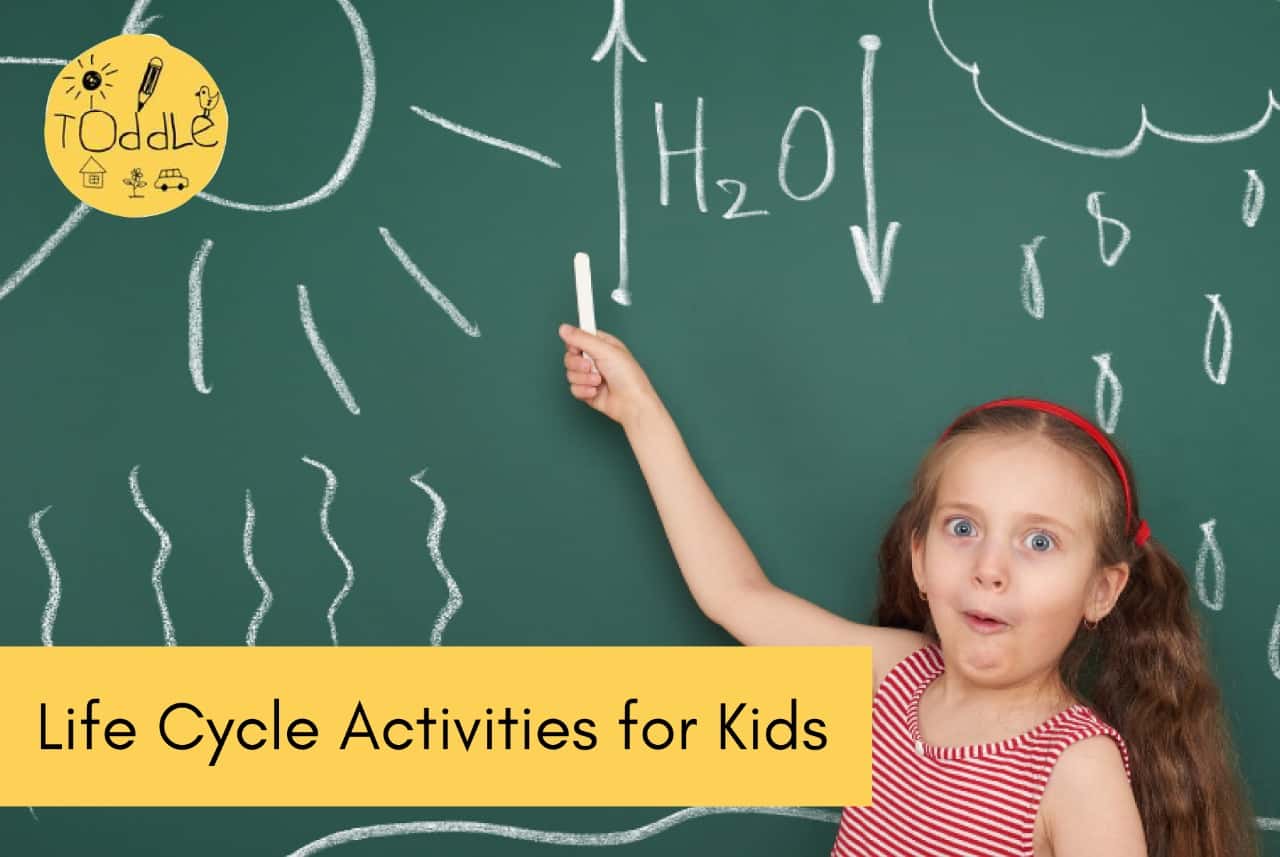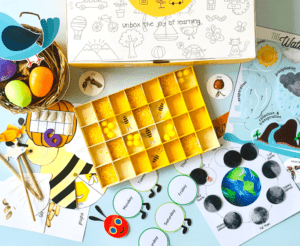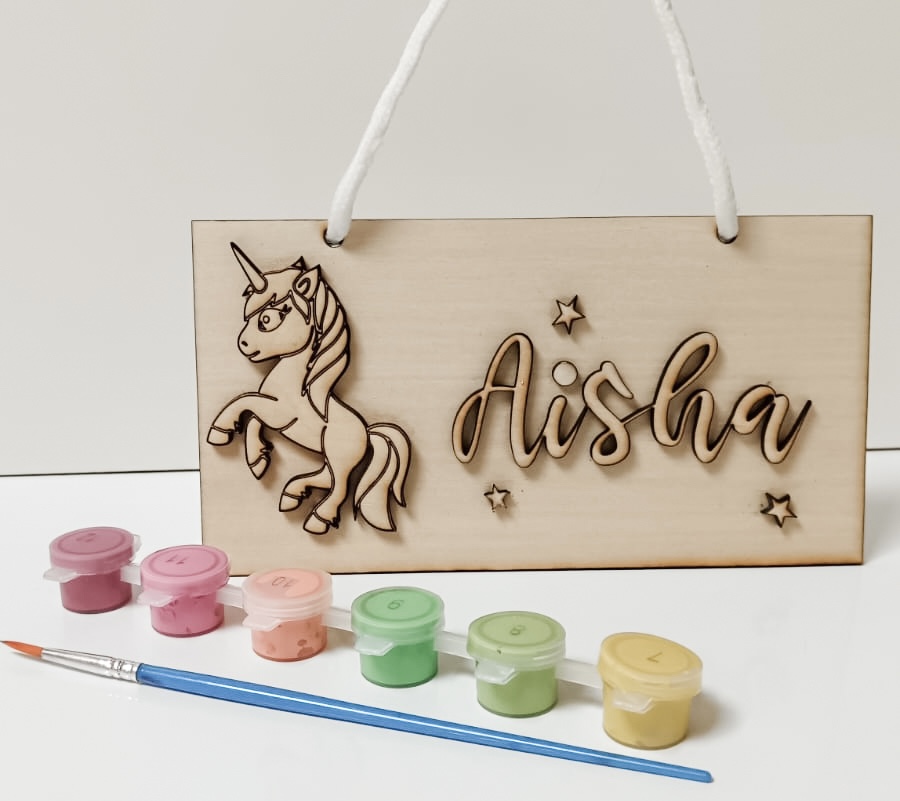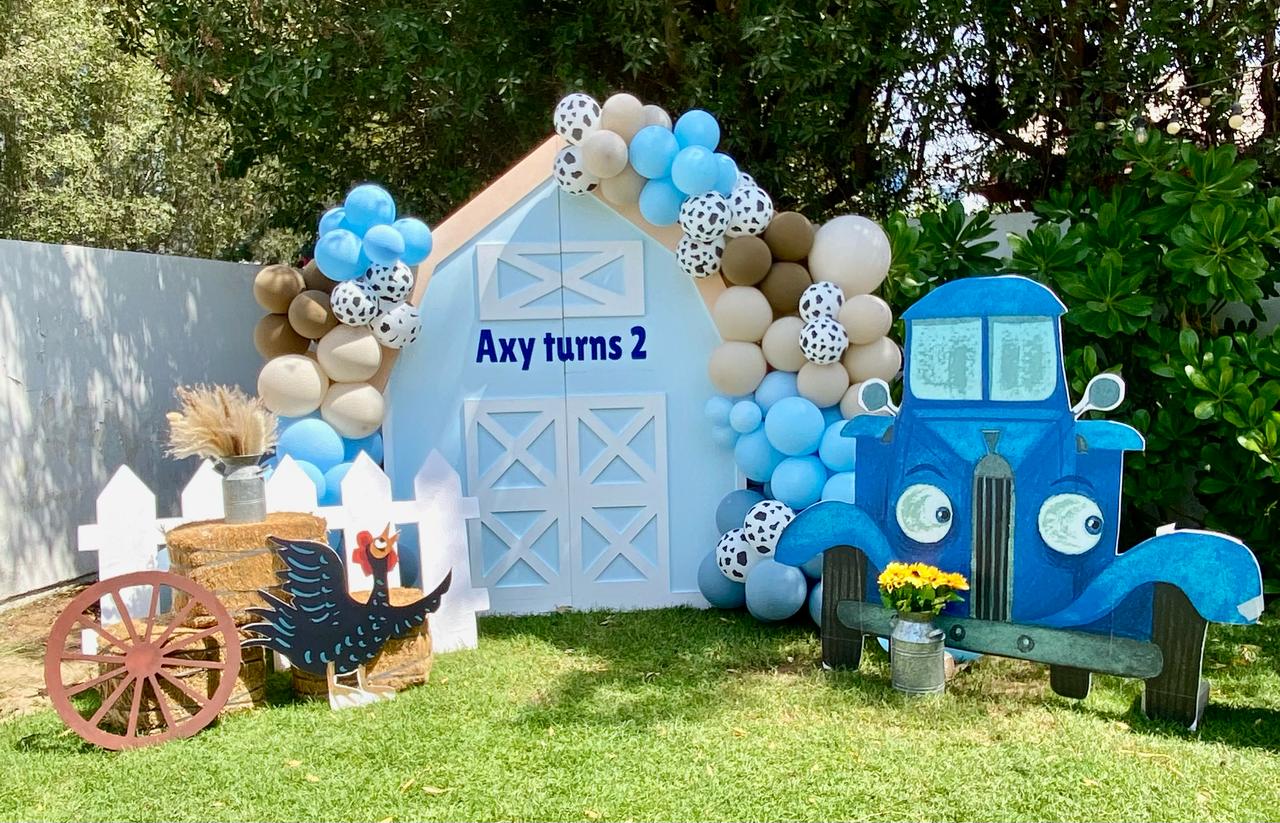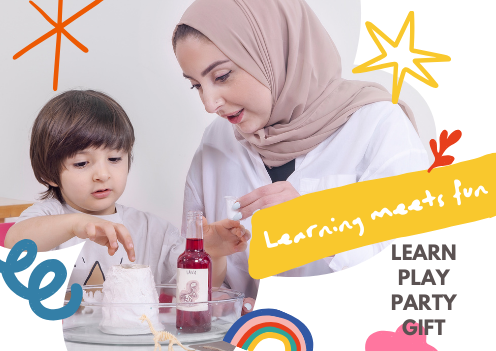No products in the cart.
Return To ShopA Parents Guide to Life Cycles and Life Cycle Activities for Kids
Nature is fascinating.
It takes the most complex phenomenon and breaks it down into perfectly balanced cycles which co-exist in harmony with each other.
Two such phenomena which exist in nature are-
- A) Life cycles (The cycles of birth, life and death)
- B) The cycles of nature(water cycle, carbon cycle, nitrogen cycle, photosynthesis).
We decided to write this article because teaching your child about these cycles is a weighty but important concept and will help shape your child’s understanding of the world. The article goes on to summarize life cycles (as a refresher for you as a parent) and gives examples on Life Cycle Activities for kids to help you simplify and break down these concepts in an easy to explain manner.
What are Life Cycles?
A life cycle is a series of stages living things go through during their lives.
Some living things go through their life cycle quickly while other living things have much longer life cycles. For example, a worker bee lives a short but immensely busy life of just about four weeks whereas some types of pine trees have a really long life cycle and can live for over 5,000 years.
All plants and animals go through life cycles.
- The Life Cycle of a Plant – Plants start as seeds, then also form flowers or fruit as they grow.
- Life Cycle of an Animal – Animals begin life either from an egg or as a baby that is born ready for life. Baby animals grow and change into adolescents and eventually become adults. When babies are born or hatch from eggs, some look much like their parents, like kittens and horses. Other baby animals look much different from their parents, like tadpoles which will turn into frogs.
Tips to teach kids about different Life Cycles
The Animal Life Cycle
The best way to teach preschoolers about the Animal Life Cycle is through experiential learning where the child is engaged in the learning process by doing and reflecting on their experience.
Animal Life Cycle Activities For Kids
- Show your child a picture of a baby, child, young adult and an elderly person. Then, discuss how we go through different stages in our lives. Show the child a baby picture and a recent picture of themselves.
- Look at photos of grandparents and other family members at different stages in their life.
- Visit a zoo, see if you can identify which animals are the young.
The Plant Life Cycle
It is helpful to use diagrams to show kids the different stages of a plant life cycle (see image below). This may include starting as a seed, germination to a seedling to final growth.
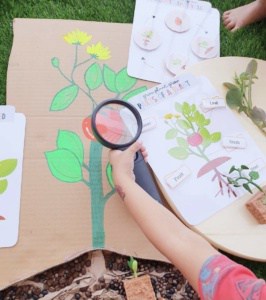
Plant Life Cycle Activities For Kids
- Its’ always best to make real-life connections with the information kids are learning. Consider growing plants from a seed and showing your child the changes that occur.
- Visit local farms. Many have special days in spring where children can handle young animals.
- Take a regular nature walk in the same place, watch the changes you see in the plants and animals.
Cycles of Nature
While there are many cycles in nature (Water, Carbon, Nitrogen, Oxygen), perhaps the best place to start teaching a child is the Water Cycle. It’s a great way to explain where water comes from and why water conservation is important.
The Water Cycle
The water cycle shows the continuous movement of water within the Earth and atmosphere. It is a system that includes many different processes. Liquid water evaporates into water vapor, condenses to form clouds, and precipitates back to earth in the form of rain and snow.
Water Life Cycle Activities For Kids
First, get kids started thinking about water and all the ways we use water every day. Kids can have fun drawing pictures of their favourite ways to enjoy water. Some things children might draw include: swimming, playing in the bathtub, jumping in rain puddles, or even building a snowman. Then, you can explain how the water cycle makes all these things possible.
To explain the four stages of the Water Cycle –
Have your child put water in a clear cup and mark the water line on the outside of the cup. Place the cup outside in a sunny spot for the day. The next day, check to see if the water in your cup is at the same level. You should notice that some of the water has evaporated. A great visual on teaching your child the concept of evaporation.
Follow this up by telling your kids that just as water evaporates into air (called water vapour) – the air can also turn into water droplets which is called condensation.
Next, have your child spend some time spotting clouds in the sky. Talk about how each of the clouds was formed by evaporation & how they become rain & snow to explain precipitation.
Finally, show pictures and talk to your child about oceans, lakes, rivers, and even the rain puddles our little ones love so much to explain the process of Collection and after water is collected into Earth’s rivers and lakes, the process begins again. The water cycle keeps repeating and it never ends!
In summary, it’s important to stimulate your child’s creativity and expand their horizons early to bring the most out of your child. One of the best ways in which we recommend you teach your kids about Life & Nature Cycles is through our Circle of Life Learning Box.
Our box covers detailed insights and is the perfect way to teach your child about different life cycles. Some of the life cycles covered in our box are
- The Bee Life Cycle
- The Ant Life Cycle
- The Apple Life Cycle
- The Goldfish Life Cycle
- The Plant Life Cycle
- Pumpkin math and life-cycle activities.
- Water life-cycle activity and experiment.
The box will cover the various stages of development and teach your kids the importance of environmental conditions such as water, temperature, and light in the development of organisms. Learn more about the box by clicking here or simply message us if you have any questions.

